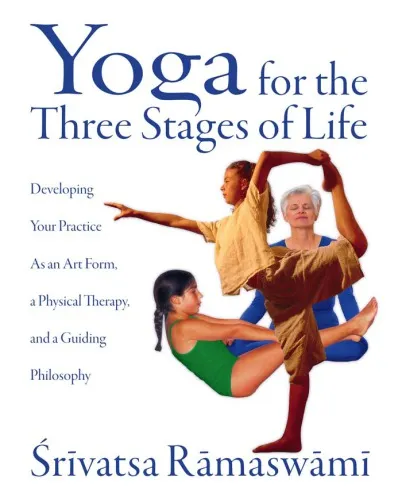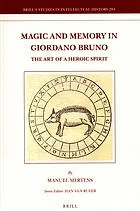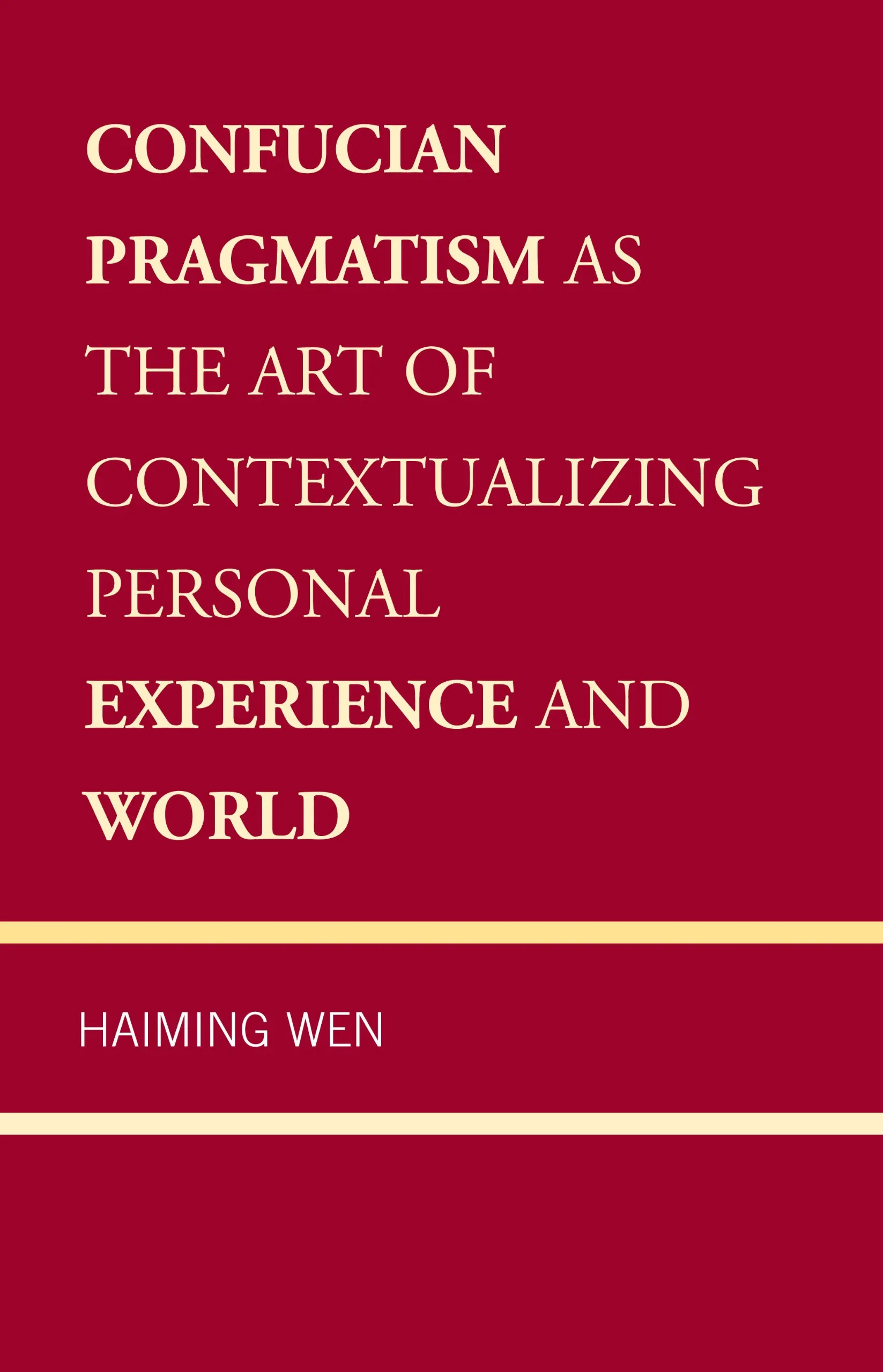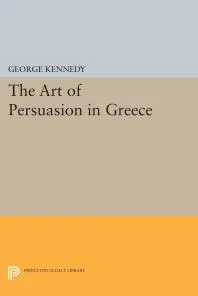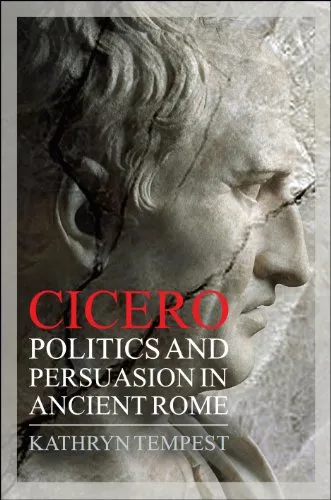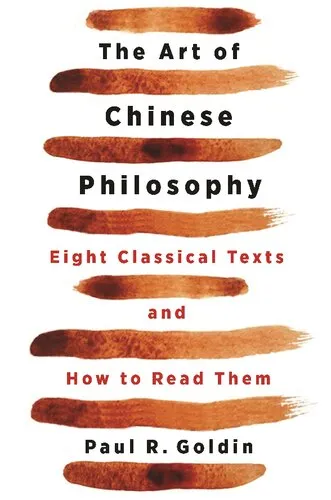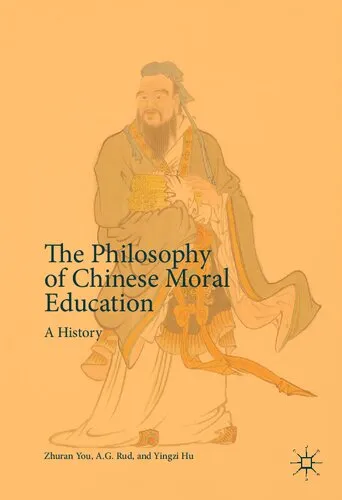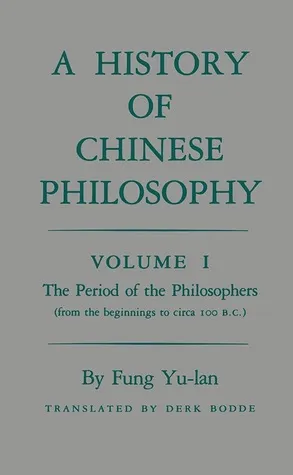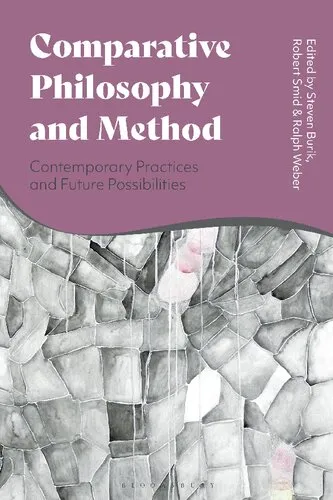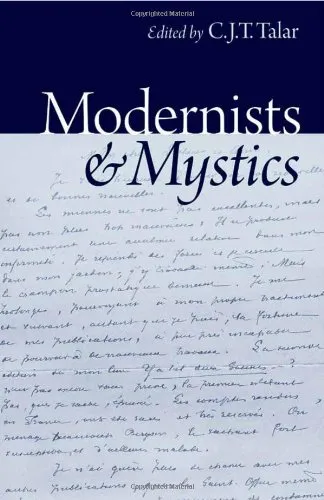Yoga for the three stages of life: developing your practice as an art form, a physical therapy, and a guiding philosophy
4.9
بر اساس نظر کاربران

شما میتونید سوالاتتون در باره کتاب رو از هوش مصنوعیش بعد از ورود بپرسید
هر دانلود یا پرسش از هوش مصنوعی 2 امتیاز لازم دارد، برای بدست آوردن امتیاز رایگان، به صفحه ی راهنمای امتیازات سر بزنید و یک سری کار ارزشمند انجام بدینکتاب های مرتبط:
خلاصه تحلیلی کتاب
کتاب Yoga for the three stages of life: developing your practice as an art form, a physical therapy, and a guiding philosophy اثری است که با نگاهی جامع به یوگا، آن را در سه مرحله اصلی زندگی – جوانی، میانسالی و کهنسالی – بررسی میکند. نویسنده، بهعنوان یک مربی و پژوهشگر متعهد، یوگا را نه تنها مجموعهای از تمرینهای بدنی، بلکه یک مسیر هنری و فلسفی میبیند که میتواند سلامت، ذهنآگاهی و بلوغ فکری را تقویت کند.
در این اثر، یوگا بهطور همزمان بهعنوان یک هنر جسمانی، یک Physical Therapy هوشمند و یک فلسفه راهبردی برای هدایت زندگی، معرفی میشود. کتاب نه صرفاً به آموزش حرکات، بلکه به ایجاد پیوند میان جسم، ذهن و روح میپردازد. روایت نویسنده بر پایه تجربه عملی و دانش سنتی استوار بوده و برای خوانندگان متخصص و پژوهشگران، منبع ارزشمندی محسوب میشود.
برخلاف متون عمومی، این کتاب به چرایی و چگونگی تغییر رویکرد یوگا در طول زندگی میپردازد؛ از انرژی پرجنبوجوش دوره جوانی تا نیازهای بازتوانی جسمانی در میانسالی و همراهی معنوی در سالهای پایانی. استفاده از مثالهای واقعی و تحلیلهای بینرشتهای، محتوای کتاب را به ابزاری علمی و کاربردی بدل کرده است.
نکات کلیدی و کاربردی
یکی از نقاط قوت کتاب، تأکید بر سازگاری برنامه تمرینی یوگا با شرایط سنی و وضعیت جسمی هر فرد است. نویسنده به وضوح بیان میکند که یک برنامه واحد برای همه مناسب نیست و باید با درک عمیق از بدن و روان، تمرینها را تنظیم کرد.
کتاب همچنین نشان میدهد چگونه میتوان یوگا را بهعنوان Physical Therapy به کار گرفت؛ از بازتوانی پس از آسیبدیدگی تا مدیریت دردهای مزمن. در این میان، ارزشهای فلسفی یوگا نیز برای رشد درونی خواننده شرح داده شدهاست.
نویسنده پیشنهاد میکند هر مرحله زندگی با تمرینهای ویژهای همراه باشد؛ تمرینهایی که نهتنها بدن را سالم نگه میدارد، بلکه ارتباط معنوی و ذهنی فرد با خود و جهان را تقویت میکند.
نقلقولهای ماندگار
در سراسر کتاب، جملاتی وجود دارد که نه تنها برای یوگیها بلکه برای هر فردی که جویای رشد شخصی و آرامش درونی است، الهامبخش خواهد بود.
این نقلقولها نمایانگر پیوند عمیق میان دانش سنتی و نیازهای انسان معاصر هستند و خواننده را به بازنگری در سبک زندگی خود دعوت میکنند.
یوگا تنها تمرینی برای بدن نیست؛ پلی است که روح را به معنا متصل میکند. نامشخص
در هر مرحله زندگی، یوگا راهی تازه به سوی خودشناسی میگشاید. نامشخص
چرا این کتاب اهمیت دارد
این کتاب اهمیت ویژهای برای جامعه پژوهشگران و علاقهمندان جدی یوگا دارد؛ زیرا بهجای رویکرد سطحی، لایههای عمیقتر این هنر-درمان را باز میکند. با توجه به کمبود منابع فارسی که یوگا را از منظر هنر، Physical Therapy و فلسفه بررسی کنند، این اثر جایگاه منحصربهفردی پیدا کرده است.
برای مربیان، این کتاب میتواند الگوی آموزشی چندبعدی فراهم کند. برای پژوهشگران علوم انسانی و حرکتشناسی، میتواند فرصتی برای مطالعه مقایسهای میان سنتهای مختلف یوگا و کاربردهای مدرن آن باشد.
در زمانی که سلامت جسم و روان بیش از پیش اهمیت یافته، این کتاب بهعنوان پلی میان دانش سنتی و رویکردهای معاصر، میتواند الهامبخش نسل امروز و فردا باشد.
نتیجهگیری الهامبخش
کتاب Yoga for the three stages of life: developing your practice as an art form
Analytical Summary
The book Yoga for the three stages of life: developing your practice as an art form, a physical therapy, and a guiding philosophy serves as a sophisticated and layered exploration of yoga across the human lifespan. Written with the awareness of yoga’s cultural roots, physiological benefits, and philosophical depths, it invites readers to examine not just what yoga is, but how it evolves in meaning and application throughout youth, adulthood, and later life.
This work approaches yoga as a living tradition. It recognizes that the needs of practitioners change over time — the vigor of youth often gives way to the maintenance and preservation of adulthood, which in turn transitions to the mindful reflection of later years. By framing practice as both an art form and as a physical therapy, the author bridges the gap between aesthetic discipline and health science. The guiding philosophy section offers an intellectual scaffold, encouraging yoga students, teachers, and researchers to connect daily work on the mat with broader spiritual and ethical principles.
The analytical structure of the book is deliberate: it provides readers with a framework for understanding yoga’s adaptability, and simultaneously respects its ancient roots. Every chapter provides context, methodological clarity, and practical insights reinforced by contemporary scholarship and experiential knowledge.
Key Takeaways
Readers will gain a comprehensive, three-dimensional perspective on yoga: as an expressive art, a rehabilitative and preventive physical therapy, and a lifelong guiding philosophy adaptable to different life stages.
One major insight is the importance of tailoring yoga practice to meet the changing physiological and psychological needs of the practitioner. The same pose or sequence may have different purposes depending on whether one is in early adulthood or elder years.
Another takeaway is the understanding of yoga as a dialogue between body and mind. Artistic expression deepens, therapeutic application becomes more nuanced, and philosophical engagement matures as life advances.
For professionals, the book offers tools to design practices informed by age-specific anatomy, mobility patterns, and mental focus, ensuring yoga remains accessible and meaningful throughout life.
Memorable Quotes
Yoga practice is a lifelong conversation between the self you are and the self you aspire to be. Unknown
Adaptation in yoga is not compromise; it is the intelligent respect for the body’s story. Unknown
The artistic dimension of yoga is revealed in the elegance and awareness of each movement. Unknown
Why This Book Matters
This book is significant because it bridges disciplines and generations, making yoga relevant for readers at every age and stage. Its holistic vision transcends simple physical fitness and extends into cultural literacy and moral philosophy.
For academics, the text ties historical context with modern clinical applications, enriching discourse in both scholarly and practitioner communities. For professionals in physical therapy or wellness coaching, the book offers a blueprint for integrating yoga into diverse client care plans.
Information such as original publication year or industry awards remains unavailable due to no reliable public source. However, its content stands as its own testament to value, drawing attention from serious readers committed to thoughtful practice.
Inspiring Conclusion
At its core, Yoga for the three stages of life: developing your practice as an art form, a physical therapy, and a guiding philosophy is not just a manual, but a call to engage with yoga as an evolving life companion. It reminds us that practice is never static; it adapts, responds, and supports the practitioner in each season of existence.
Whether you are an academic seeking deeper theoretical frameworks, a professional designing therapeutic interventions, or a dedicated yogi exploring artful movement, this work offers both inspiration and practical guidance. By embracing this approach, readers can shape their own journey, respect the wisdom of their bodies, and weave yoga’s philosophy into the fabric of daily living.
The next step is clear: read, reflect, and discuss this book’s insights with your peers and community. Share its vision, and allow its perspective to illuminate your own practice at every life stage.
دانلود رایگان مستقیم
شما میتونید سوالاتتون در باره کتاب رو از هوش مصنوعیش بعد از ورود بپرسید
دسترسی به کتابها از طریق پلتفرمهای قانونی و کتابخانههای عمومی نه تنها از حقوق نویسندگان و ناشران حمایت میکند، بلکه به پایداری فرهنگ کتابخوانی نیز کمک میرساند. پیش از دانلود، لحظهای به بررسی این گزینهها فکر کنید.
این کتاب رو در پلتفرم های دیگه ببینید
WorldCat به شما کمک میکنه تا کتاب ها رو در کتابخانه های سراسر دنیا پیدا کنید
امتیازها، نظرات تخصصی و صحبت ها درباره کتاب را در Goodreads ببینید
کتابهای کمیاب یا دست دوم را در AbeBooks پیدا کنید و بخرید
